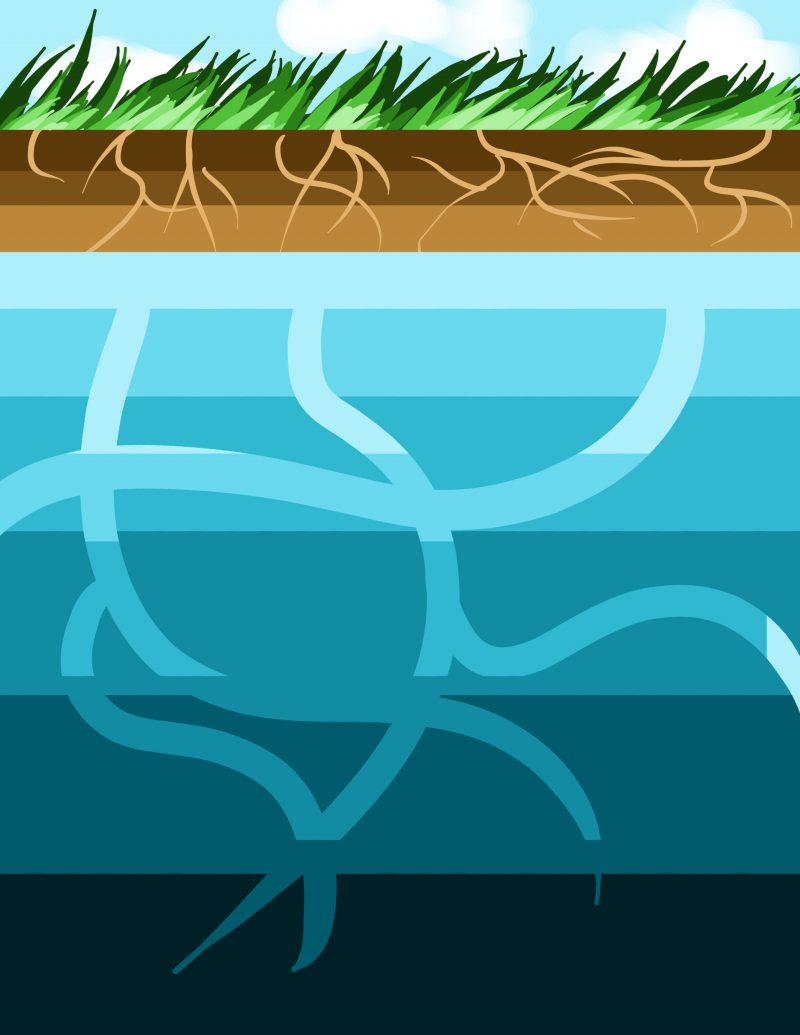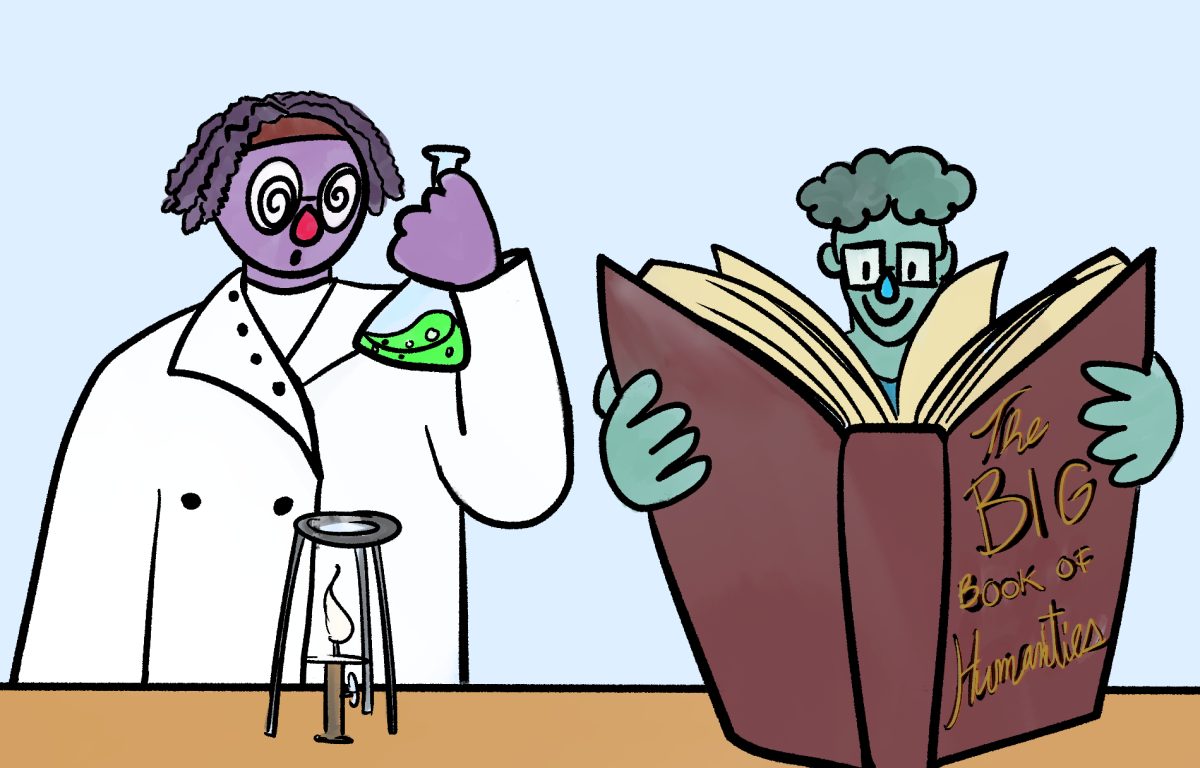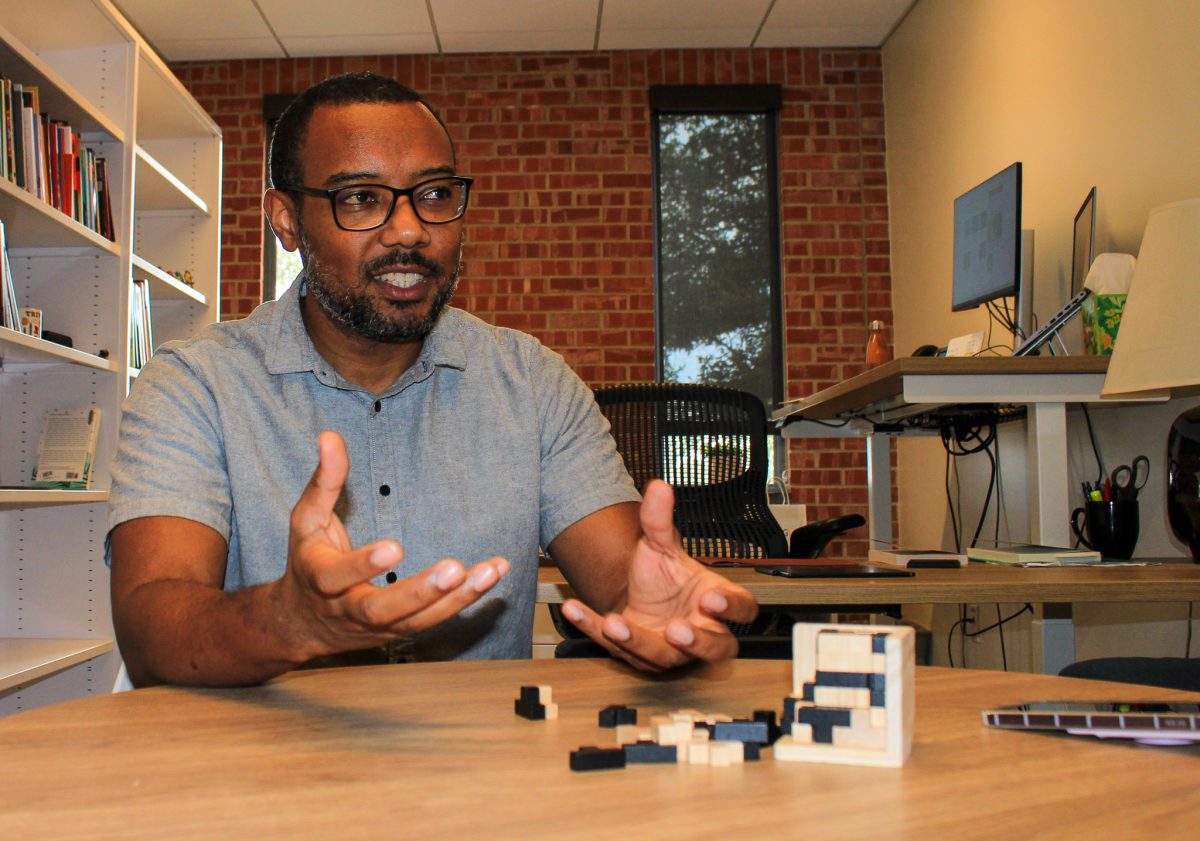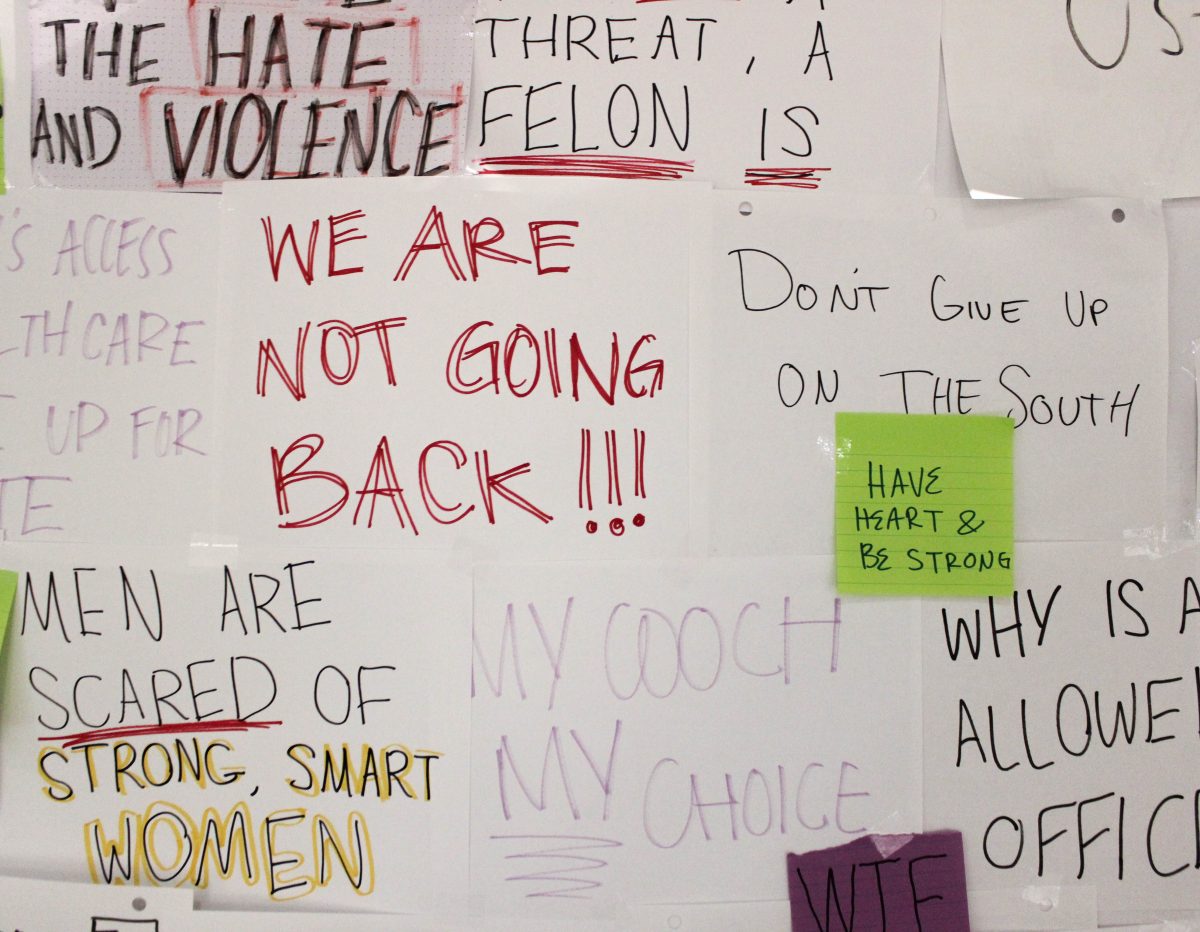Most people know a few actions they can personally take to help the environment, whether it’s avoiding disposable plastic bottles or taking short showers. But what efforts are the Trinity and San Antonio communities at large taking to save the planet? Trinity faculty explain San Antonio’s green initiatives and the role the university has played in helping conserve.
This January, the San Antonio Water System (SAWS) became the only water system in Texas to join the Leading Utilities of the World, a group of innovators in water utilities.
Twenty years ago, San Antonio’s only source of water was the Edwards Aquifer near San Marcos. Dependence on the aquifer led the city to be accused of violating the Endangered Species Act in the 1990s; since then, there has been an effort to diversify water sources.
Currently, most of the city’s water still comes from the Edwards Aquifer, but SAWS is investing in new sources like the Carrizo Aquifer and the Vista Ridge Pipeline — a proposed project that could mean 20 percent more water for the city.
Richard Reed, professor of sociology and anthropology who also teaches in the environmental studies department, spoke positively of San Antonio’s water quality. He also attributed the current water surplus to citizens’ actions.
“Currently, we have sufficient water to meet our needs. And the reason we do is that for the last 30 years, San Antonio citizens have really reduced their water use,” Reed said. “Even as our city population has doubled, the amount of water we have used has remained quite constant, which means that over the last 30 years, the people of San Antonio are using about 50 percent per capita less water than they did.”
Reed identified building projects on the recharge zone, an area where Edwards Aquifer limestone outcrops at the surface, as a potential threat to the city’s water quality.
“They’re putting in gas stations and parking lots and laying asphalt down on roads and the houses with their septic systems — all of them threaten the water that’s flowing into the Edwards Aquifer and could really raise challenges for our water system because sewage spills in the recharge zone north of San Antonio go directly into the San Antonio city aquifer system,” Reed said.
Unsuitable crops are also a challenge.
“Most of the water coming out of our water supply is used to irrigate crops, and that’s a serious concern,” Reed said. “We’re growing crops like cotton in this area that aren’t really designed for the arid conditions of South Texas.”
Trinity University’s sustainability initiatives include using recycled, or reclaimed, water that has been cleaned by a sewage treatment plant to irrigate the lawns.
“Early on, we transferred over from using the city water supply to irrigate our lawns to using reused water that’s coming up from the sewage treatment plant south of town,” Reed said. “So after the water’s been cleaned after going through the sewage treatment plant, you really can’t dump it back into the river because it carries other things like heavy metals that really shouldn’t be discharged into the San Antonio river. So it’s brought back up north into the city in purple pipes that you can see around campus.”
Trinity has also designed different facilities to be more environmentally responsible. Dorm rooms have low-flush toilets and low-flow shower heads to reduce water usage, and most drinking fountains on campus accommodate water bottle refills, which can help reduce waste.
Sharon Curry, the university sustainability coordinator, spoke about the importance of individual conservation efforts.
“As a student living in a residence hall, you’re not seeing the direct impact of your water use. You’re not seeing a water bill, but it definitely has an impact on the university,” Curry said. “Water is a crucial element, and we should all care about our water.”
Curry said that according to studies done for the 2016–2017 school year, the average full-time student’s daily water use was estimated to be around 109 gallons. San Antonio’s water use per capita is 118 gallons per day.
Curry emphasized that while Trinity is slightly above average compared to other universities who report their results, comparison is difficult because Trinity counts recycled water use towards the total amount, while other institutions might not.
Shana McDermott, assistant professor of economics, has identified actions students can take to protect the environment.
“Every little bit counts. So pick up that piece of trash you see on the sidewalk; walk, ride, bike to school; bring your lunch to school so you don’t have to drive to pick up lunch; keep your vehicle and small engines properly tuned; conserve energy by turning your thermostat up or down a degree; buy locally produced food, etc.,” McDermott wrote in an email interview.
“You can also get involved in local groups that are fighting for a cause you support. For example, check out Mom’s Clean Air Force, the San Antonio chapter of Citizens Climate Lobby. I’m also a big supporter of Basura Bash, a one-day annual waterway cleanup event. Be the ripple that starts a wave.”







